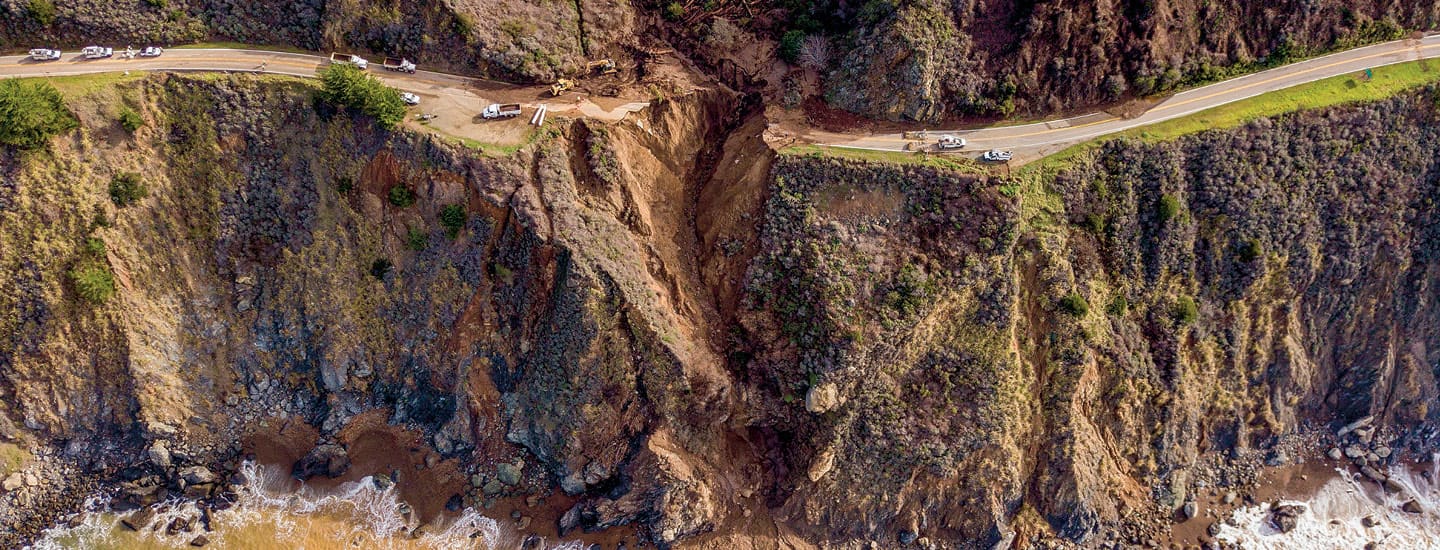When a blast of arctic weather dipped south into Texas in February, temperatures plunged into the single digits. The unusual deep freeze in a state built for warmer weather essentially paralyzed much of Texas’s electrical grid and caused 4.5 million people to lose power. Without electricity, many had no heat, and their pipes froze. Dozens of people died.
It’s just the latest example of extreme weather wreaking havoc on the nation’s infrastructure—the roads, railways, electrical grids, power plants, water systems, and more that constitute the backbone
of the nation.
These crises carry a profound warning. Scientists say that climate change is bringing more frequent and intense storms, floods, heat waves, wildfires, and other extreme events. That’s placing growing stress on America’s infrastructure.
Ablast of arctic weather dipped south into Texas in February. It caused temperatures to plunge into the single digits. The unusual deep freeze in a state built for warmer weather essentially paralyzed much of Texas’s electrical grid. This resulted in 4.5 million people losing power. Without electricity, many had no heat, and their pipes froze. Dozens of people died.
It’s just the latest example of extreme weather wreaking havoc on the nation’s infrastructure. Infrastructure is the collection of roads, railways, electrical grids, power plants, water systems, and more that make up the backbone of the nation.
These crises carry a profound warning. Scientists say that climate change is bringing more frequent and intense storms, floods, heat waves, wildfires, and other extreme events. That’s placing growing stress on America’s infrastructure.

